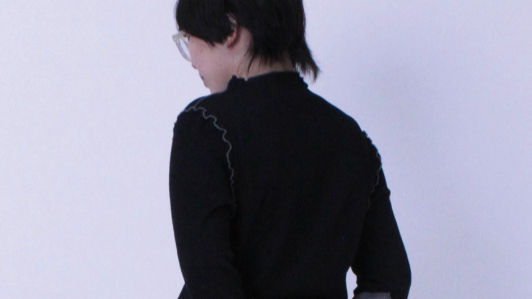ARCH-ive Exhibition of Haruhi Mase “The Ever-Flowing River,”
Exhibition Period: November 17 (Mon) – 29 (Sat), 2025
Venue: S-TOKYO 2F (Nihonbashi, Tokyo)Free admission | Drinks from Pertica Coffee (1F) are welcome
Open 9:00–17:00,
open every day during the exhibition (1F café closed on Sundays)
◆ Special Event: “Artist Bar”◆ Date: Friday, November 21, 19:00–21🕛 Entrance fee: ¥1,000 (includes 1 drink)
Artist Haruka Mase will be behind the counter at @perticacoffee on the 1st floor to welcome you. We hope you’ll join us for a relaxed evening to chat about her works over a drink. Special drinks will be available only on this day—don’t miss it!Please note: no food will be served due to venue limitations.For inquiries or reservations, contact the artist or email s-tokyo@linnas-design.com
About “ARCHive”“ARCHive” is a gallery project by S-TOKYO, a creative space with the vision of Cross-Border Co-Creation. From Nihonbashi, it presents a series of exhibitions co-created with artists and creators. This time, we are pleased to host Haruka Mase’s solo exhibition, “The Ever-Flowing River,”, featuring works made with lacquer.
作家からのメッセージ
今年2回目の個展となる「ゆく川の流れをたえずして」は、4月に開催した「方丈のまどを開く」で掲げた空間と物の関係�性を引き継いだ展示となります。中でも本展ではタイトルにもなった「ゆく川の流れ」にフォーカスし、これまでにも繰り替えしモチーフにしてきた波を模った新作を展示します。波、ひいては川の流れとは作家と修復者という2種の仕事の往還に悩みつつも、決して巻き戻ることのない私の時間を象徴するモチーフです。これまでに撮り溜めた日本のあちこちの波の写真と共に、漆の持つ奥行きを感じてもらえたらと思います。
My second solo exhibition this year, “The Ever-Flowing River,” continues the exploration of the relationship between space and objects that I began in “Opening the Window of the Hōjō” held in April. The focus is on the theme that gives the exhibition its title—the ever-flowing river. I will present a new artpiece inspired by waves, a recurring motif in my practice. For me, waves—and by extension, the flow of a river—symbolize my own passage of time, which, though often caught between the dual roles of artist and restorer, never flows backward. Alongside these works, I will also propose photographs of waves I have captured across Japan, inviting viewers to sense the depth and resonance unique to japanese lacquer.


